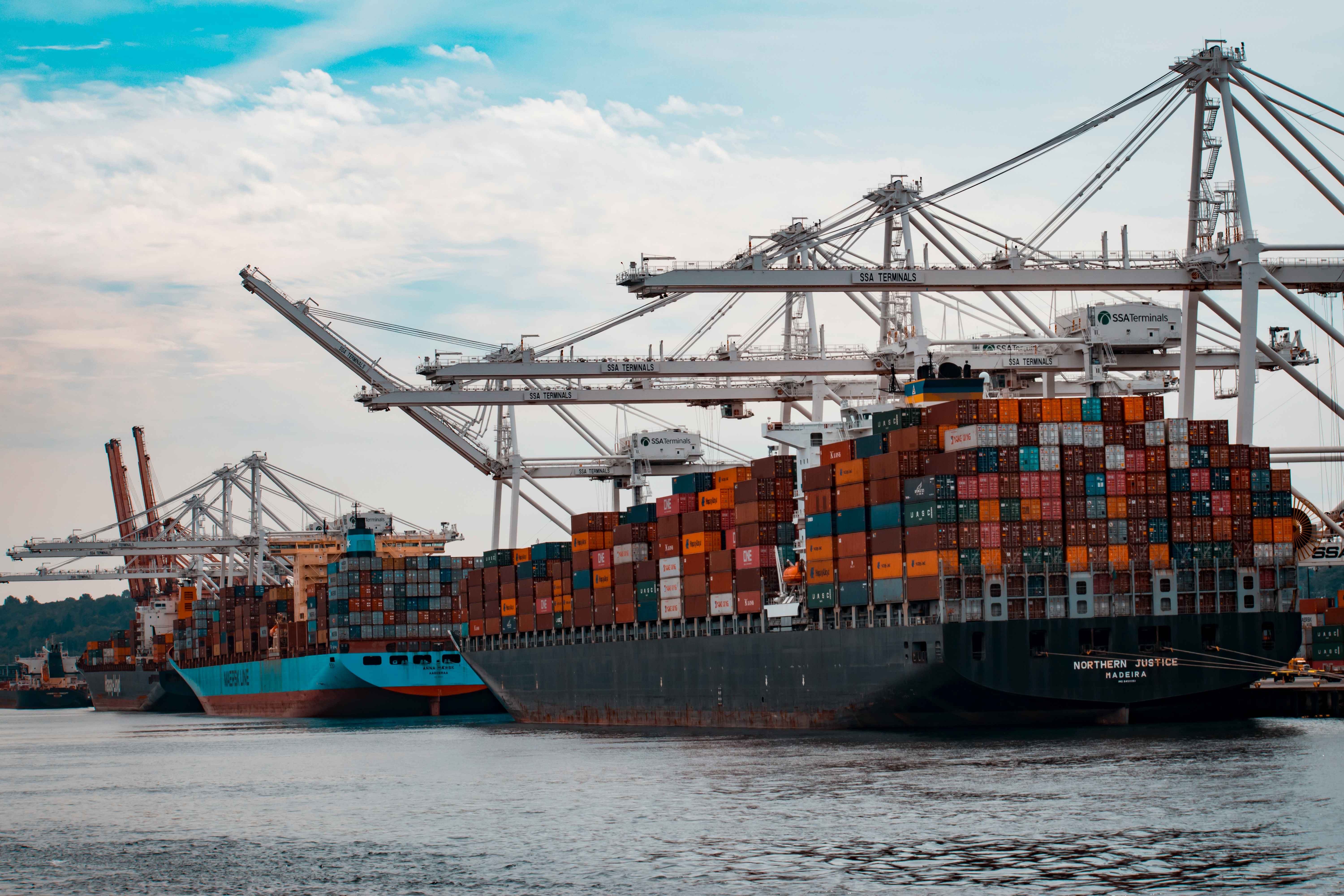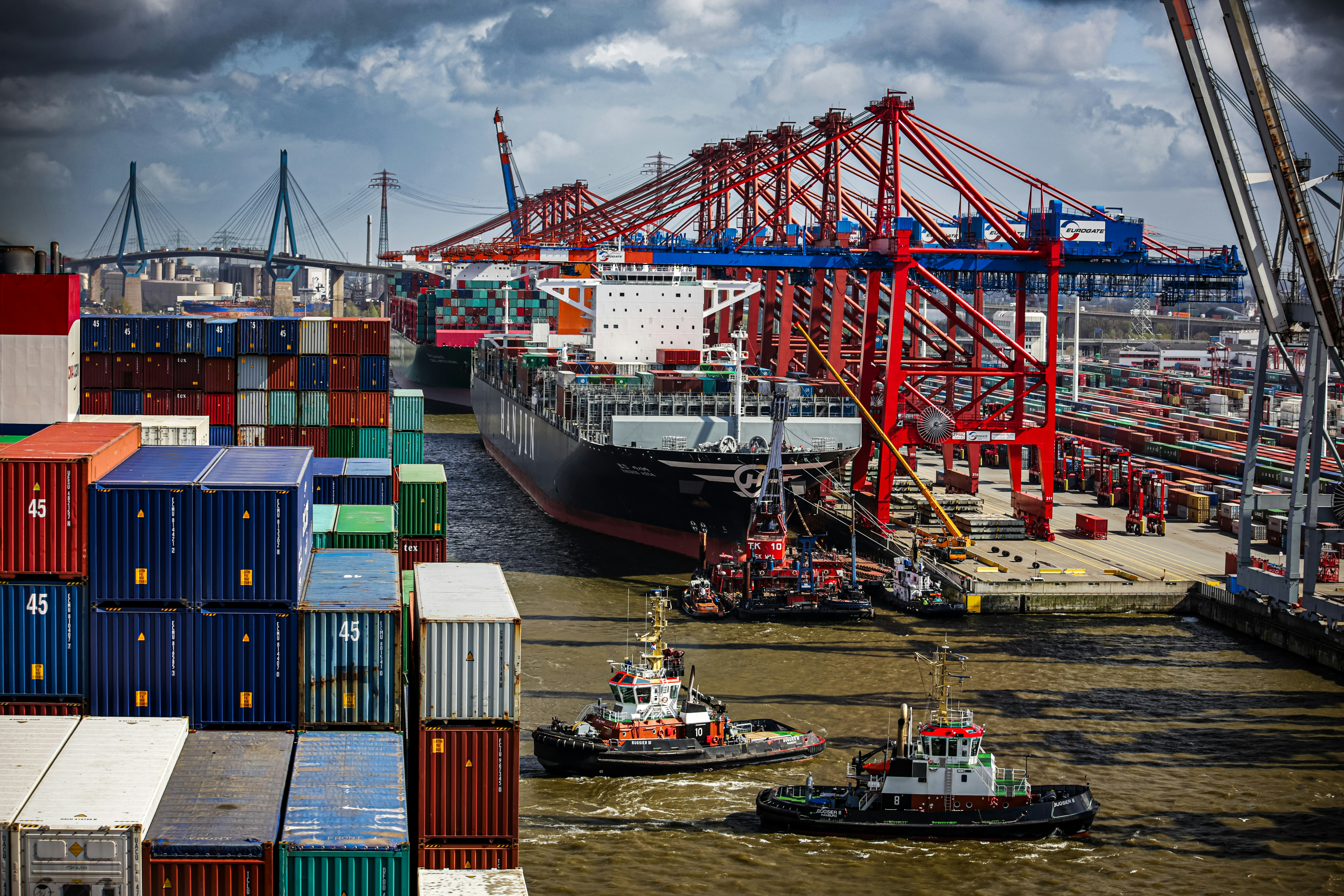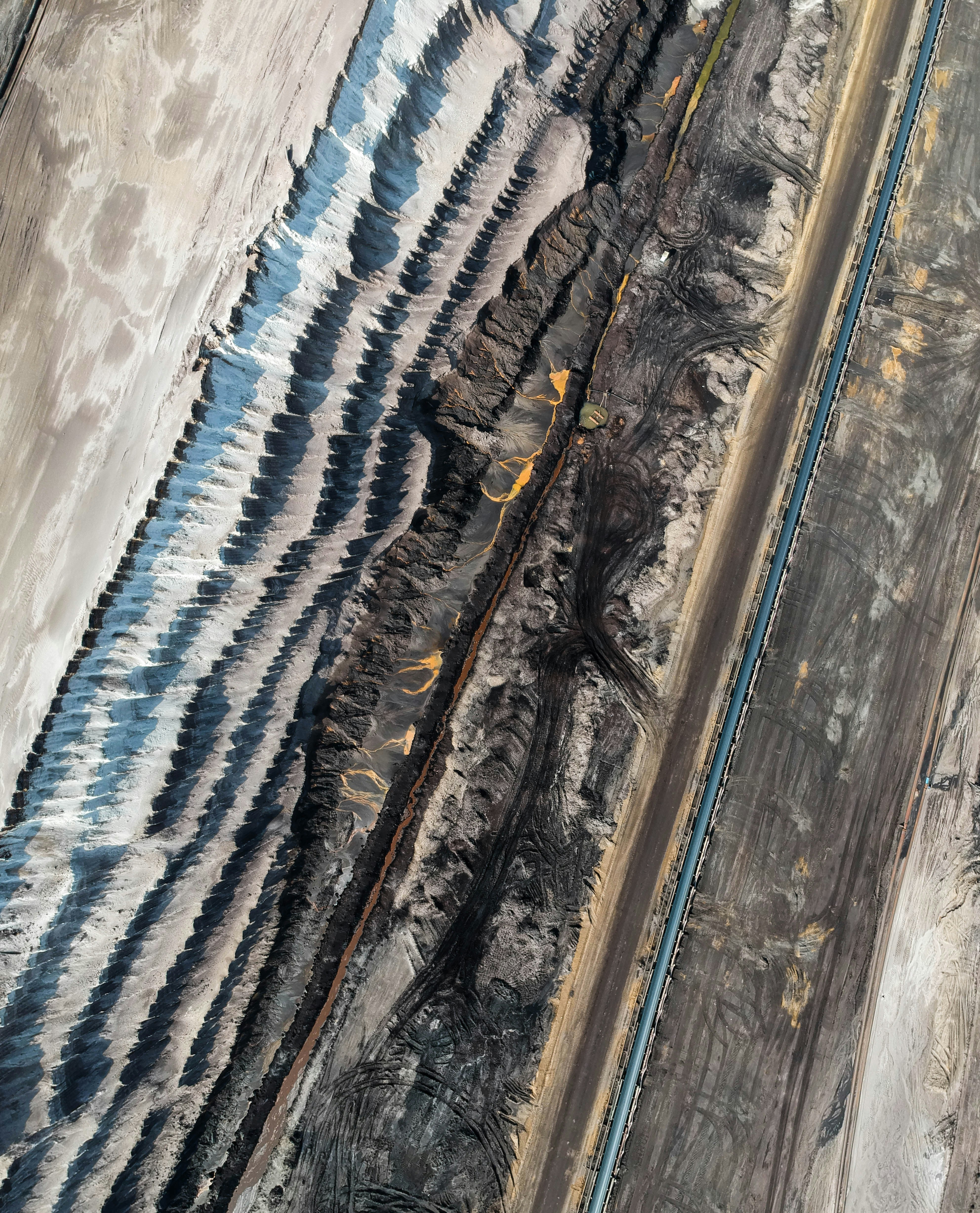Factors Influencing Price Fluctuations
A variety of factors influence rare earth prices, including mining production levels, governmental policies, and international trade dynamics. Supply disruptions due to environmental regulations in major exporting countries can drastically impact availability, prompting fluctuations in prices. Furthermore, innovations in extraction technologies can alter the production landscape, affecting market stability. As such, businesses must remain vigilant to these variables that could impact their cost structures and long-term strategies.
Geopolitical and Economic Impacts on Supply Chains
Geopolitical tensions, particularly between major economies such as the United States and China, have significant implications for rare earth pricing. Trade policies and tariffs can create barriers that lead to price volatility. Moreover, economic conditions, such as recessions or booms, can influence demand cycles, prompting fluctuations in pricing. Companies in the tech sector must strategically manage their supply chains, accounting for these geopolitical factors, to mitigate risks associated with rare earth prices.
How Rare Earth Prices Affect Technology Manufacturers
Production Costs and Supply Chain Management
The cost structure of technology manufacturers is heavily influenced by rare earth prices. As these prices increase, production costs for essential components also rise, compelling manufacturers to reassess their pricing strategies. Supply chain management becomes a critical focus, as businesses look for ways to optimize costs while maintaining quality and efficiency. Companies may turn to long-term pricing contracts or establish partnerships with diverse suppliers to reduce dependency on fluctuating markets.
Price Volatility and Risk Mitigation Strategies
Given the volatility of rare earth prices, technology manufacturers must adopt robust risk mitigation strategies. This may include strategic stockpiling, diversifying supplier bases, and investing in innovative sourcing techniques. By employing these strategies, companies can better navigate price fluctuations while maintaining competitiveness in the market. Additionally, the integration of advanced analytics and forecasting can help organizations anticipate market changes and adjust their operations accordingly.
Innovations in Material Substitution
In response to rising costs and supply constraints, many manufacturers are exploring innovations in material substitution. Research and development efforts are oriented toward finding alternatives to rare earth elements, which can alleviate reliance on these materials while mitigating cost exposure. For example, scientists are investigating the potential of new alloys and composites that can replicate the properties of rare earths in specific applications. Such innovations not only contribute to cost savings but can also align with sustainability goals by reducing the environmental impact associated with mining.
Automotive Sector Challenges and Opportunities
Dependency on Rare Earths for Electric Vehicles
The automotive sector is in a transformative phase, largely driven by the rising demand for electric vehicles (EVs). These vehicles depend heavily on rare earth elements for their key components, such as batteries and electric motors. For instance, neodymium, a critical rare earth element, is used in the production of high-strength magnets found in electric motors, making it essential for achieving the required energy efficiency and performance. However, as the automotive industry shifts toward electrification, the growing dependency on rare earths presents both challenges and opportunities. Manufacturers must strategize to secure stable supplies of these materials while adapting to the fluctuating prices that directly impact their production costs.
Price Sensitivity within the Automotive Manufacturing Process
In the automotive manufacturing process, price sensitivity is a critical factor that impacts decision-making at every level. The reliance on rare earth prices means that any fluctuation can significantly alter production forecasts and profitability margins. Manufacturers must not only cope with rising costs but also anticipate their effects on the retail prices of EVs. To navigate this price sensitivity, companies may explore innovative production methods, such as investing in recycling rare earths from end-of-life vehicles, which could help ease the pressure on supply chains and stabilize prices. Additionally, forming strategic alliances with mining companies can enhance supply security, allowing manufacturers to mitigate the impact of external price shocks.
Future Trends in Vehicle Technology Development
As rare earth prices continue to fluctuate, future trends in vehicle technology development will likely shift. These fluctuations necessitate ongoing innovation in both materials and designs to reduce dependency on highly priced elements. Engineers and researchers are focusing on alternatives to traditional rare earth-dependent technologies, exploring options like solid-state batteries that may utilize less expensive materials or innovative electric motor designs that require fewer rare earths. Moreover, the push for sustainability within the automotive sector is prompting manufacturers to reevaluate not only the materials used but also the overall lifecycle of vehicles, seeking ways to maximize resource efficiency. This evolving landscape underscores the importance of strategic foresight in product development as companies adapt to the dynamics presented by rare earth prices.
Energy Sector Implications
Importance of Rare Earths in Renewable Energy Technologies
The energy sector’s evolution towards renewable sources has intensified the demand for rare earth elements. These materials play a crucial role in the production of wind turbines, solar panels, and energy storage systems—all essential components in the transition to cleaner energy. For instance, rare earths are integral to the components of permanent magnets used in wind turbines, which enhance their efficiency and energy output. As nations strive to fulfill their energy commitments and reduce carbon footprints, the dependence on rare earths necessitates a thorough understanding of market dynamics and pricing trends. Consequently, will significantly impact the feasibility and growth of renewable energy projects.
Cost Impacts on Clean Energy Adoption
The costs associated with rare earth elements can have substantial repercussions on the adoption rates of clean energy technologies. When rare earth prices rise, manufacturers of renewable energy technologies face increased production costs, which may subsequently be passed on to consumers. This situation can hinder the economic viability of clean energy solutions, potentially stalling the adoption of crucial technologies that align with global sustainability goals. Therefore, it is essential for investors and administrators to keep these cost implications in mind when allocating resources to renewable projects. Innovations in material efficiency and extraction methods may offer pathways to mitigate these potential cost burdens, enabling broader access to clean energy.
Prospects for Scalability and Sustainability
While the dependence on rare earths represents challenges, it also opens up prospects for scalability and sustainability within the renewable energy sector. By integrating new technologies and improved practices in the extraction and recycling of rare earth materials, stakeholders can enhance the sustainability of rare earth supply chains. Companies are increasingly seeking to invest in recycling technologies that reclaim rare earths from end-of-life products, thus lessening their reliance on mining. As a result, these measures not only address potential supply shortages but also align with environmental sustainability goals. Ultimately, this ongoing focus on sustainable practices presents opportunities for both profitability and positive technological advancements in the energy sector.
“Source: Shanghai Metals Market”

 English
English


